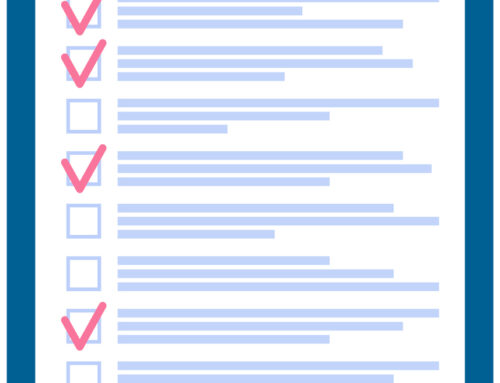While managing projects for our clients, we learn methods during the process that can help them be more successful. As we collect these keys to success, we pass them on to enable smoother, lower cost, less stressful project implementations. We share some with you now in hopes of making life easier for both you and C4 during the next project.
Such keys came to mind recently when reading the March 2022 American Association of Clinical Chemistry’s “Bench Matters” article entitled How One Laboratory Navigated a Successful LIS Conversion. There are a number of suggestions we like to make to our customers when planning a project that will include C4. Since several of them are echoed in the article, we’ll focus on those first:
- Build relationships with IT partners and other stakeholders
- Collaborate as early as possible in the planning process to create trusted partnerships
- All stakeholders need to understand functionality impacts on the patient
- Be sure to connect project conversations with real-world, day-to-day operations
- Document lessons being learned along the way
- Have a debriefing after go-live with all stakeholders and share findings
- In the future, these notes can help you navigate through changes within your systems
We find the first points to have true value in real life situations. Whenever we’ve joined a project mid-stream, or a while after the planning process, we sometimes sense we’re asking disruptive questions while trying to assure we’re doing the right thing for the project. An inclusion earlier on in the process may have clarified such intents during planning discussions including reviews of actual workplace situations. These moments enable us to better help our customers, save them recap time later, and avoid potential rework.
On the documentation points, we use our current collection of process documents to help move things along with confidence. In our case, we use repository tools for them: Microsoft Teams for company archives and secure Google Docs repositories for selectively sharing them. The final piece of the knowledge gathering process for us is to have a post-mortem after project launch. These allow us to capture any additional points from the overall team, then we share all gathered information with everyone involved to help them build their own knowledgebase to reference as needed in the future.
Looking specifically at LIS implementations, we agree with many other suggestions made in the article as well. Some of these same points are echoed in other online references, such as Optimum Healthcare’s Keys to a Successful Lab System Implementation:
- Include risk assessment as part of setting priorities in the planning stage
- Assure all stakeholders are included in this part of the process to assure success
- Engage staff to identify functionality issues during pre-live testing and post go-live
- Give visibility to identified issues that are being actively addressed
- Label them as “identified,” “in process,” and “completed” for optimal visibility
Optimum Health also mentions the staffing aspect. This point is meaningful too as the time required for implementation of systems can be disruptive to day-to-day work and needs to be considered. They recommend “…properly staffing your project with the appropriate number of internal personnel and external consultants/subject matter experts.” As we play a role as an external consultant, we notice the importance of lining up the right resources for the job at many points during a project.
Hopefully, these practices will help you have a smoother project implementation next time – whatever the project may be – with less disruption, less time, and less confusion. We share them in hopes of helping our customers move more confidently forward with their plans.






